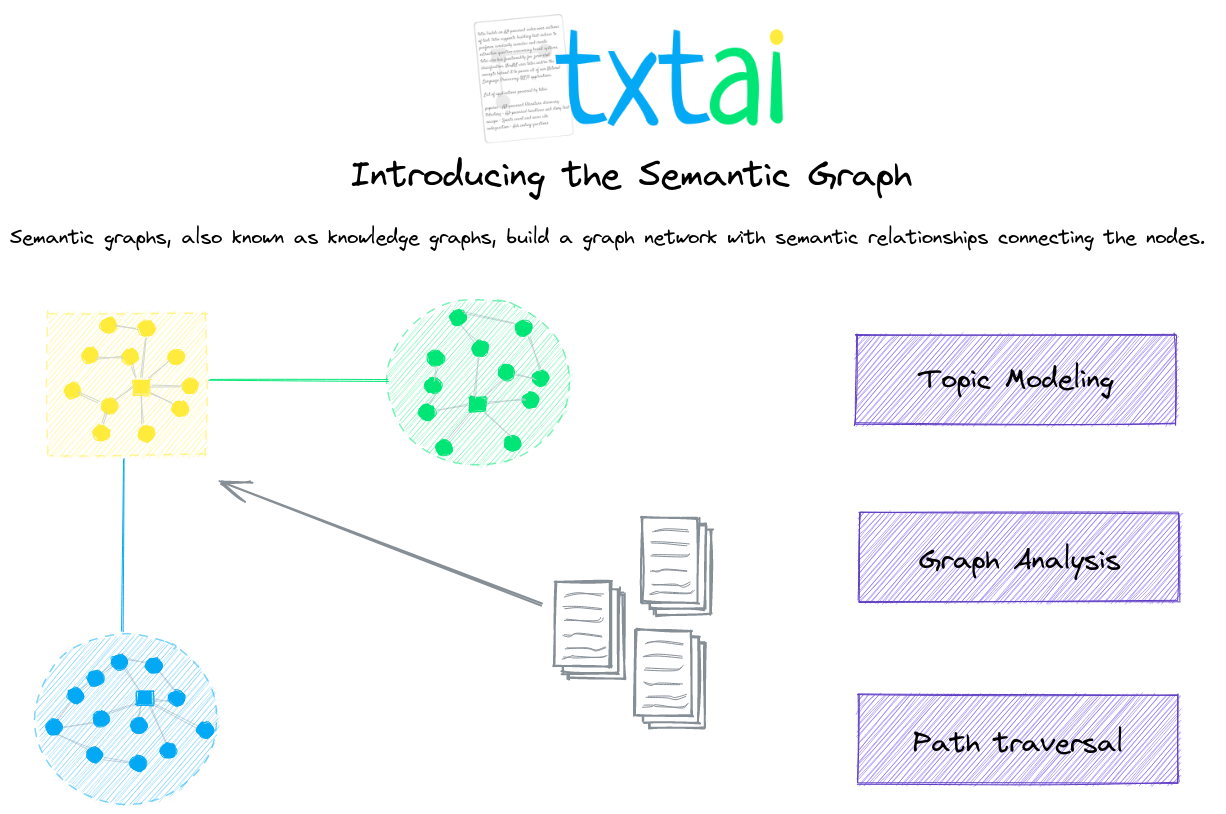Effectively utilizing text data has become a crucial element for all businesses today. But how can we process and analyze vast amounts of data? txtai, an AI technology, addresses this issue by providing an all-in-one embedding database for semantic search, LLM orchestration, and language model workflows. Let’s explore how txtai bridges the gap between data and AI.

1. Key Features of txtai
[txtai offers a range of features centered around vector search.] These capabilities allow for processing text, image, audio, and video data. Let’s dive into the key features of txtai.
- SQL and Vector Search: txtai combines SQL with vector search to deliver powerful search functionalities. For example, you can quickly find documents related to a specific keyword.
- Topic Modeling and Graph Analysis: This allows for the analysis and visualization of relationships within data. Complex data networks become easy to understand.
- Multimodal Indexing: Beyond text, txtai indexes images, audio, and video data to provide consistent search results.
These features can be applied to various business logic, from simple microservices to complex workflows.
2. The Combination of Vector Search and SQL
[One of the powerful features of txtai is the combination of vector search with SQL.] Traditional search systems primarily rely on keyword-based search, but txtai offers more accurate results through semantic search.
For example, when searching for the keyword “positive,” txtai does not only find documents containing the word but also identifies various documents that convey positive meaning. This enables more effective use of data.
3. LLM Orchestration and Workflow
[txtai facilitates the effective utilization of large language models through LLM orchestration.] This is achieved in the following ways:
- Prompt Generation: Creates appropriate prompts based on user input and delivers them to the LLM.
- Question Answering and Summarization: Analyzes text data to provide answers to questions or generate summaries.
- Translation and Transcription: Translates into various languages or transcribes audio data into text.
These workflows make it easier to implement complex business logic.
4. Real-World Applications of txtai
txtai can be utilized across various industries. For example, in the healthcare industry, it can analyze vast amounts of research papers to extract meaningful information. In e-commerce, it can analyze customer reviews to identify areas for product improvement.
The use cases for txtai are endless, and it can significantly enhance business efficiency.
Conclusion
Serving as a bridge between data and AI, txtai enables effective utilization of text data through semantic search and LLM orchestration. With its diverse features and flexible workflows, it can solve complex business problems. Implement txtai today to maximize the value of your data!
References: github, txtai
